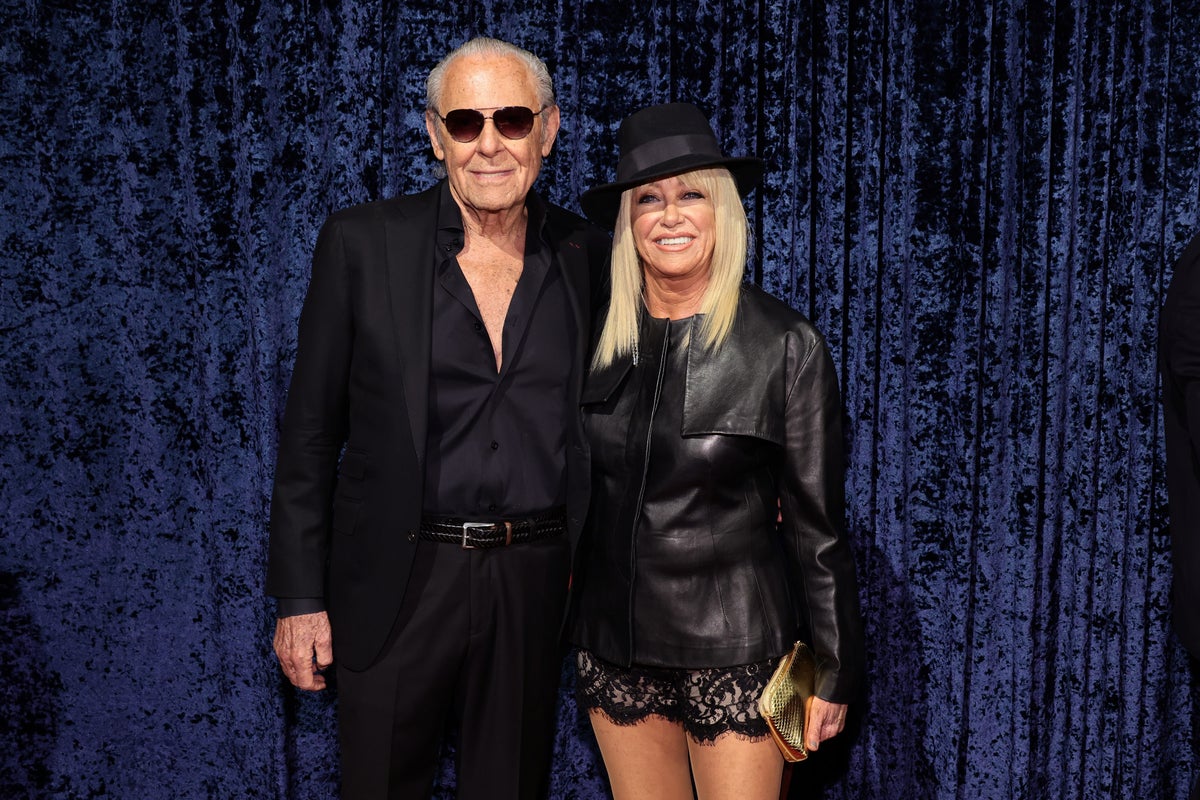AI Resurrects Suzanne Somers: A Revolutionary Tribute (2025 Insight)
Discover how AI resurrects Suzanne Somers, offering a new way to engage with her legacy. Explore the tech and ethical debates behind this revolutionary tribute.

Suzanne Somers' Husband Creates AI Clone of Late Actress Two Years After Her Death
Nearly two years after the passing of beloved actress Suzanne Somers, her husband Alan Hamel has revealed the creation of an AI clone modeled after Somers, aiming to preserve her memory and persona through advanced technology. This development has sparked significant interest and debate regarding the use of artificial intelligence in resurrecting public figures posthumously.
Background: Who Was Suzanne Somers?
Suzanne Somers was an iconic American actress, author, and businesswoman best known for her role as Chrissy Snow on the 1970s sitcom Three’s Company. Beyond acting, she gained fame for her wellness advocacy and entrepreneurial ventures. Somers passed away in late 2023 after a long battle with cancer, leaving a devoted fanbase and a lasting legacy in television history.
The AI Clone Project
According to Alan Hamel, Somers’ widower, the AI clone project has been in development for some time. He disclosed the initiative publicly in October 2025, explaining that the AI is designed to recreate Somers’ voice, mannerisms, and conversational style using deep learning and neural network technologies. The purpose, Hamel says, is both personal and public:
- Personal: To maintain a form of digital presence of Somers that friends and family can interact with.
- Public: To offer fans a new way to engage with her legacy through an AI that simulates her personality and responds in her distinctive voice.
The AI is trained on extensive archival footage, interviews, and personal recordings, enabling it to simulate Somers’ speech patterns and humor with remarkable accuracy. Hamel emphasized that the AI respects Somers’ memory and is not intended as a replacement but rather a tribute and tool for remembrance.
Technology Behind the Clone
The AI clone uses cutting-edge natural language processing (NLP) and generative AI technologies. Leveraging models similar to those used in conversational AI and voice synthesis, the system learns from vast datasets to generate responses that mimic Somers’ unique style. This includes:
- Voice synthesis matching Somers’ tone and inflection
- Contextual understanding to maintain relevant and coherent conversations
- Emotional recognition to respond empathetically, reflecting Somers’ personality traits
Experts note that while such AI clones can be impressive, ethical considerations and technical limitations remain challenges, especially in ensuring the AI does not generate inappropriate or misleading content.
Public Reaction and Ethical Considerations
The announcement of Somers’ AI clone has generated mixed reactions:
- Supporters view the technology as a meaningful way to keep the memory of loved ones alive, providing comfort and ongoing engagement.
- Critics raise concerns about consent, digital immortality, and potential misuse. Questions about whether deceased individuals can truly consent to AI replications and how these digital personas might impact privacy and legacy are hot topics among ethicists and AI experts.
Alan Hamel has stated that the project is conducted with full respect for Somers’ legacy and with the involvement of her estate to ensure ethical use. The AI is reportedly not intended for commercial exploitation but rather as a commemorative tool.
Industry Impact and Future Outlook
This case marks a significant moment in the intersection of celebrity culture and artificial intelligence, highlighting how AI is expanding beyond practical applications into the realm of digital resurrection. It raises profound questions about:
- How AI can transform the concept of legacy for public figures
- The role of AI in grief and memorialization
- Legal frameworks needed to govern posthumous digital representations
As AI technology advances, more families and estates may consider digital clones as part of preserving memories, but the balance between innovation and ethics will be crucial.
Visuals and Media Coverage
Recent media coverage, including a feature by E! News, showcases Alan Hamel discussing the project and demonstrating the AI clone’s conversational abilities. Visuals include archival photos of Suzanne Somers, behind-the-scenes shots of the AI development process, and video snippets illustrating the AI’s voice synthesis. These materials provide a tangible sense of how technology is bringing Somers’ persona into new interactive forms.
The creation of Suzanne Somers’ AI clone underscores a transformative moment in technology and culture, as AI begins to blur the lines between life, death, and digital legacy. While offering new ways to remember and celebrate, it also invites careful reflection on the ethical and emotional dimensions of such innovations.


